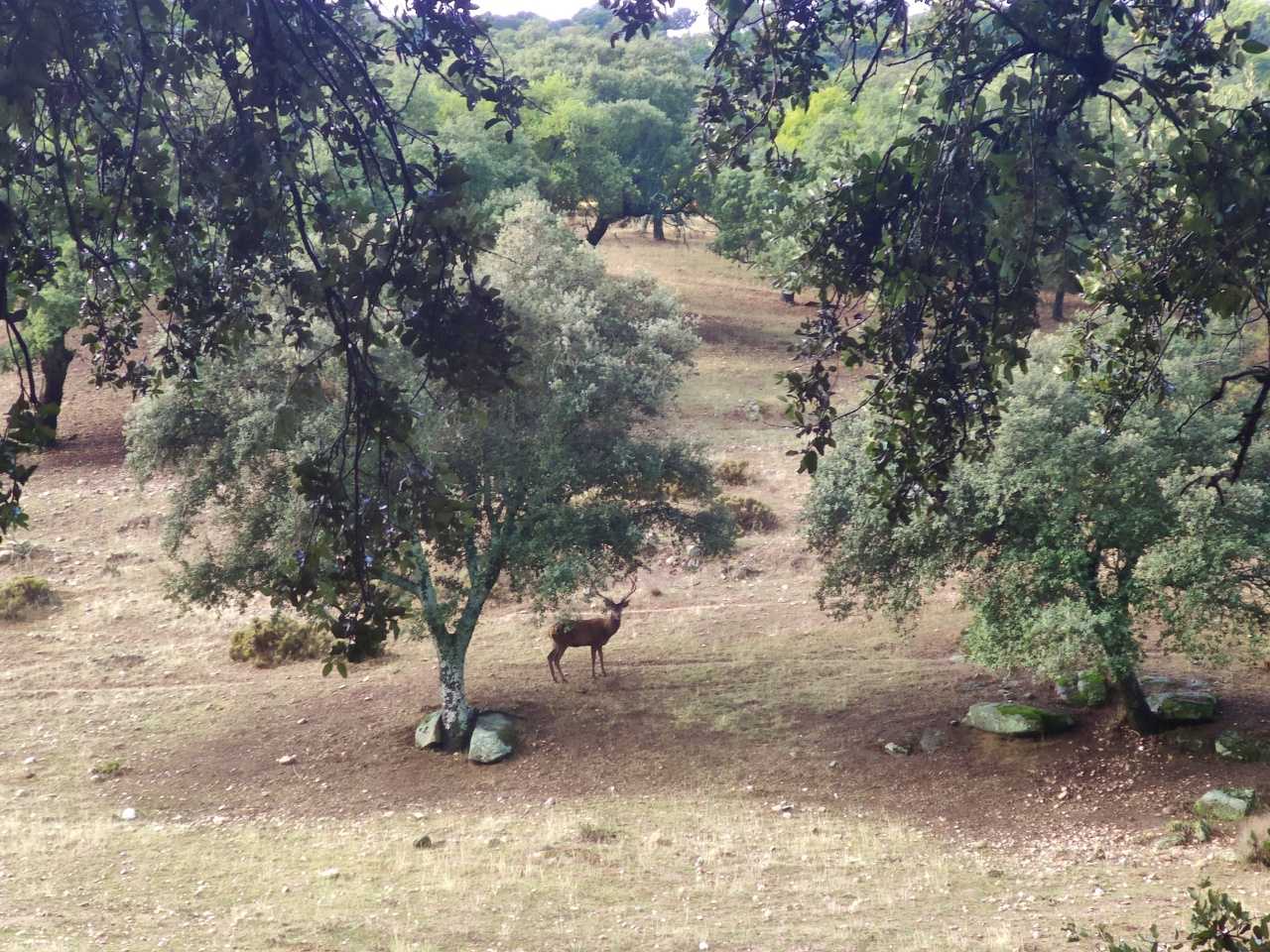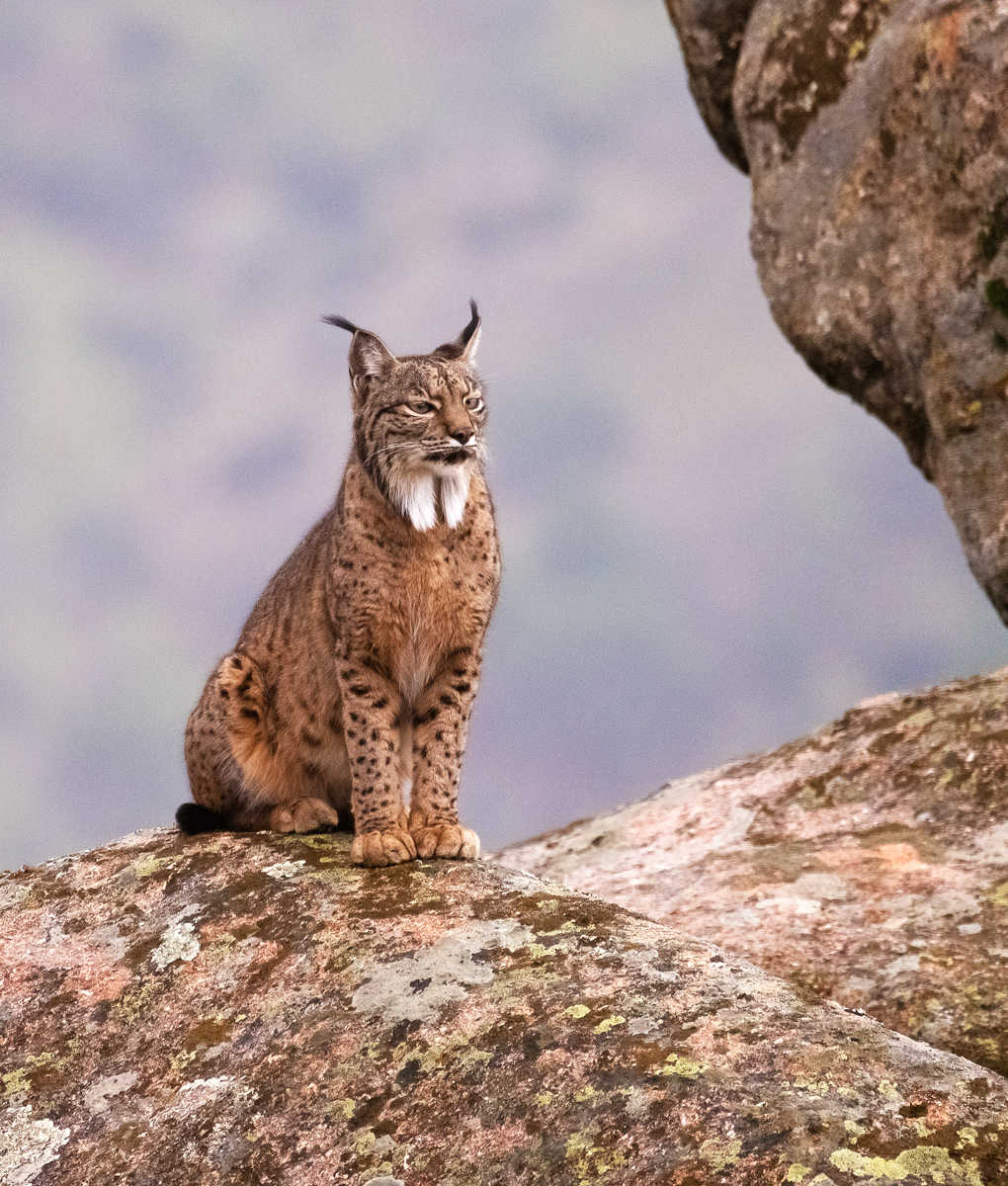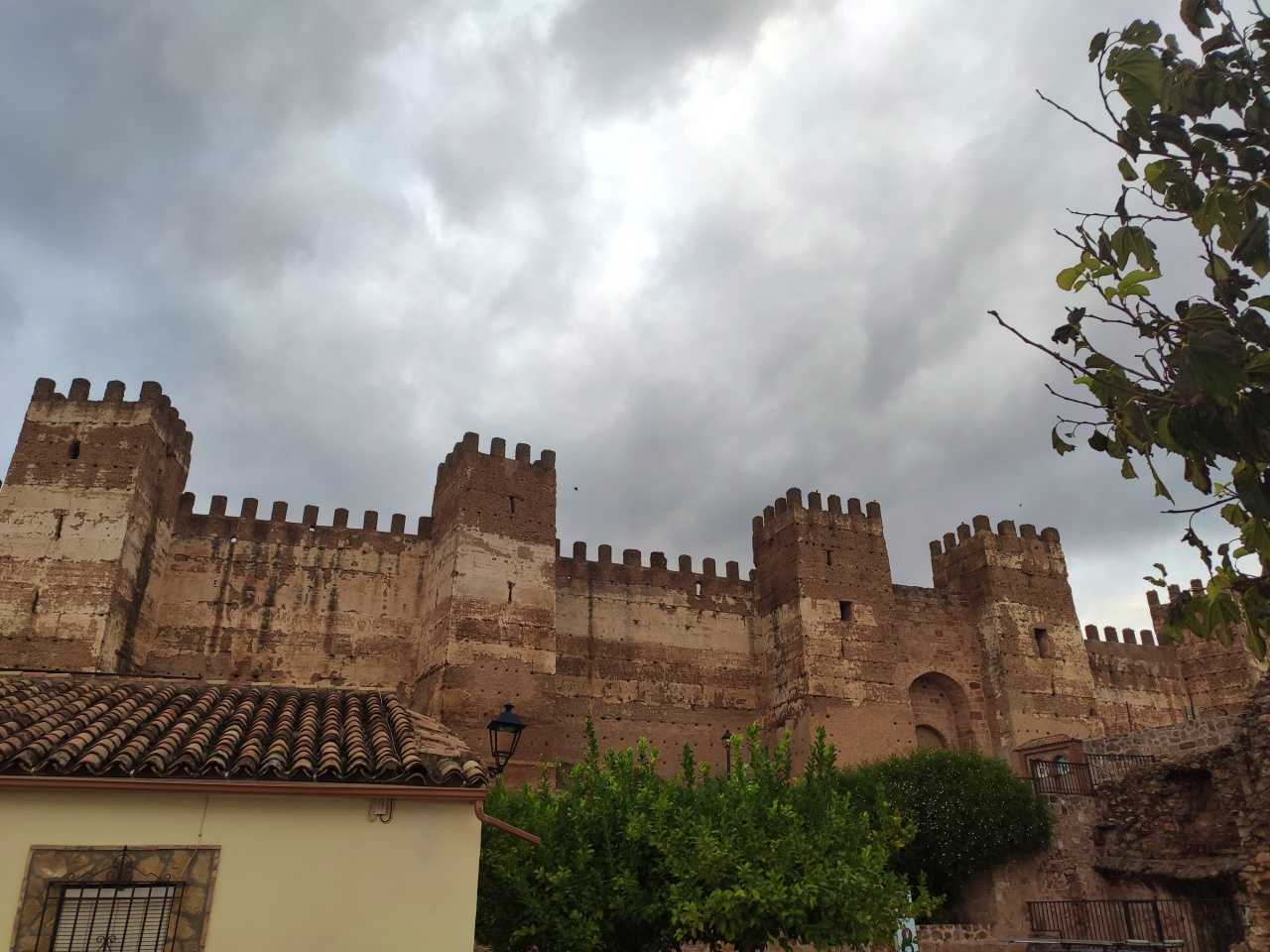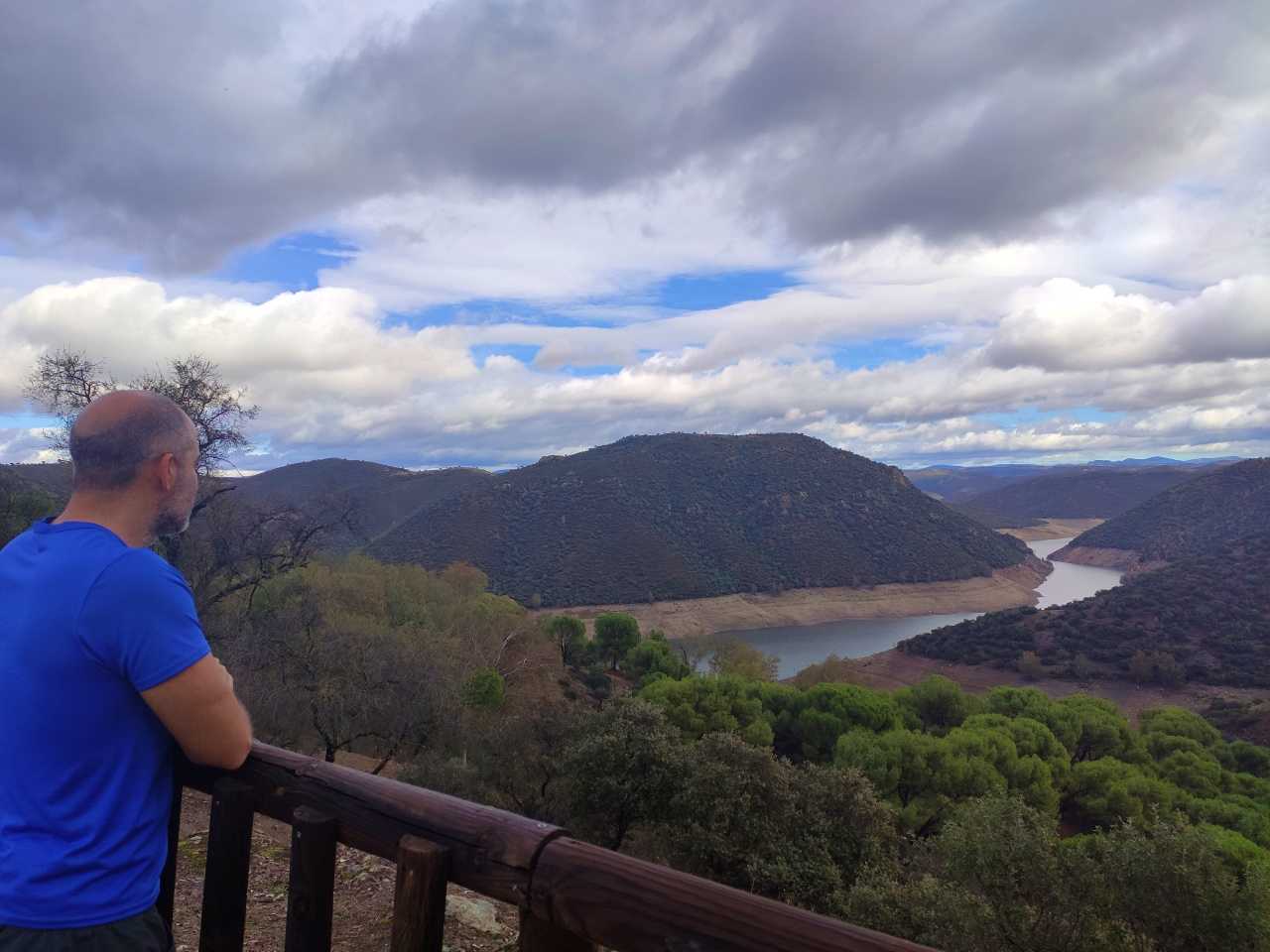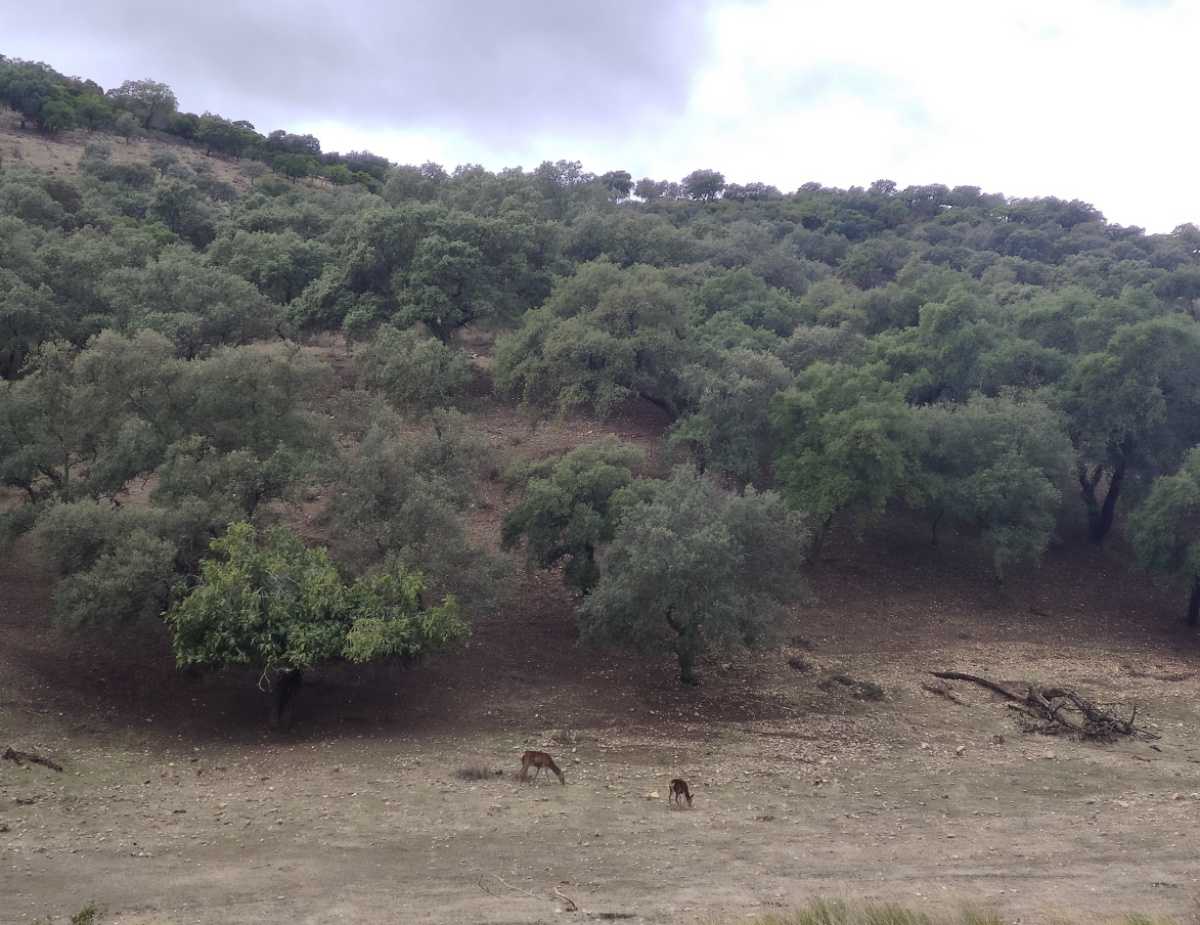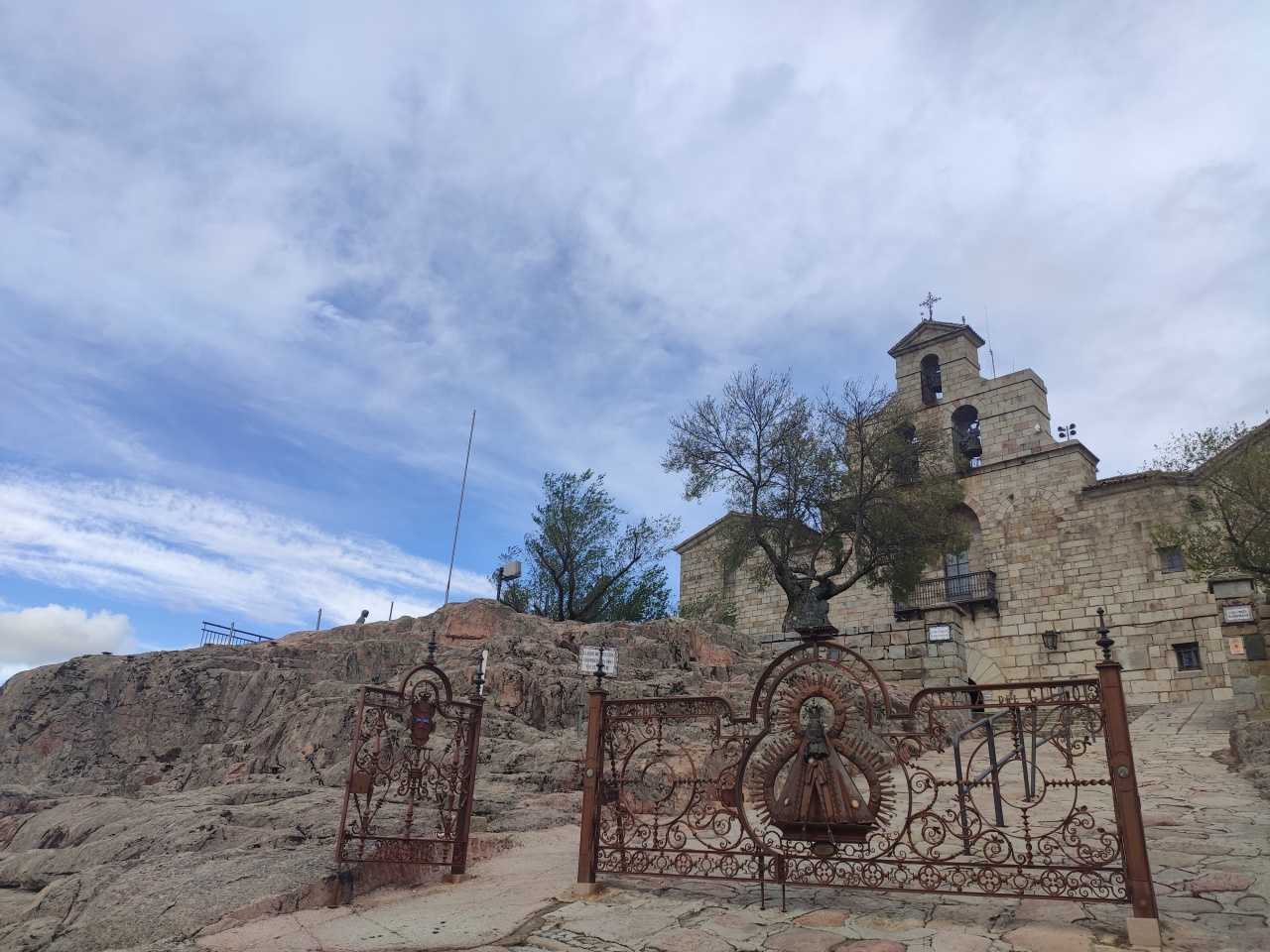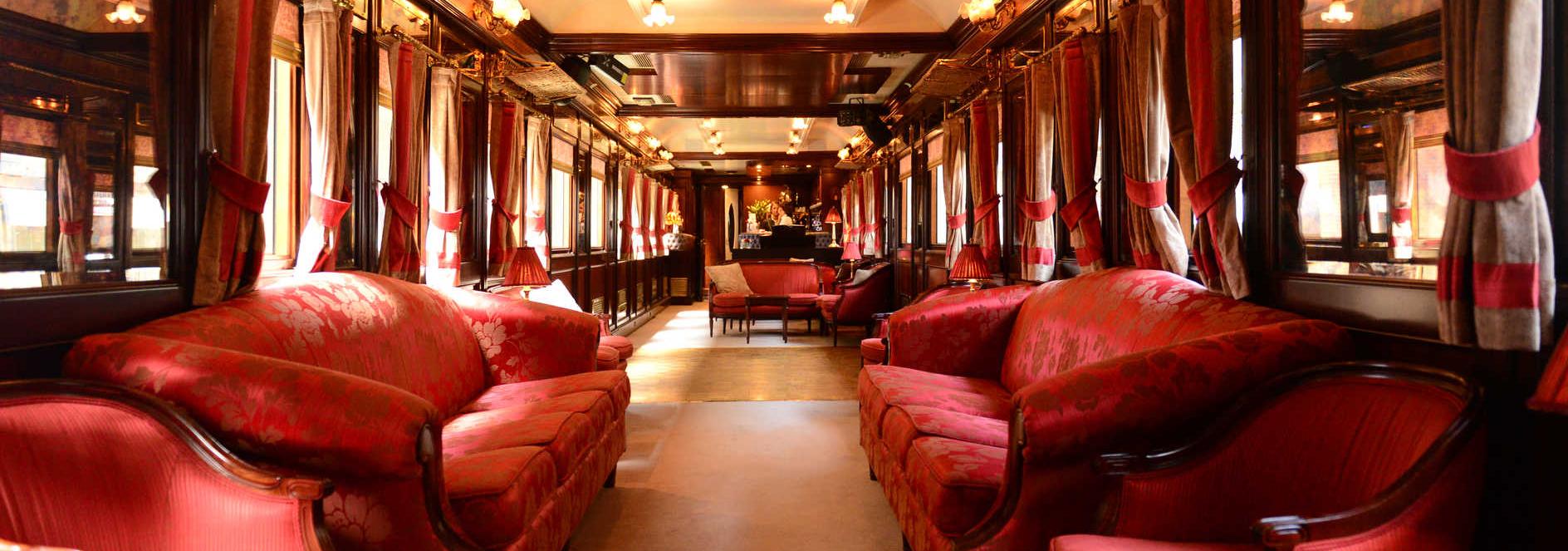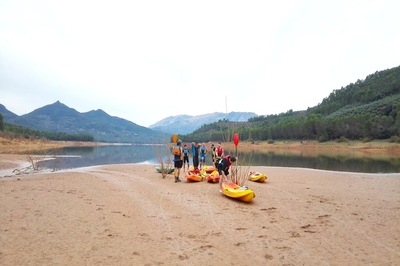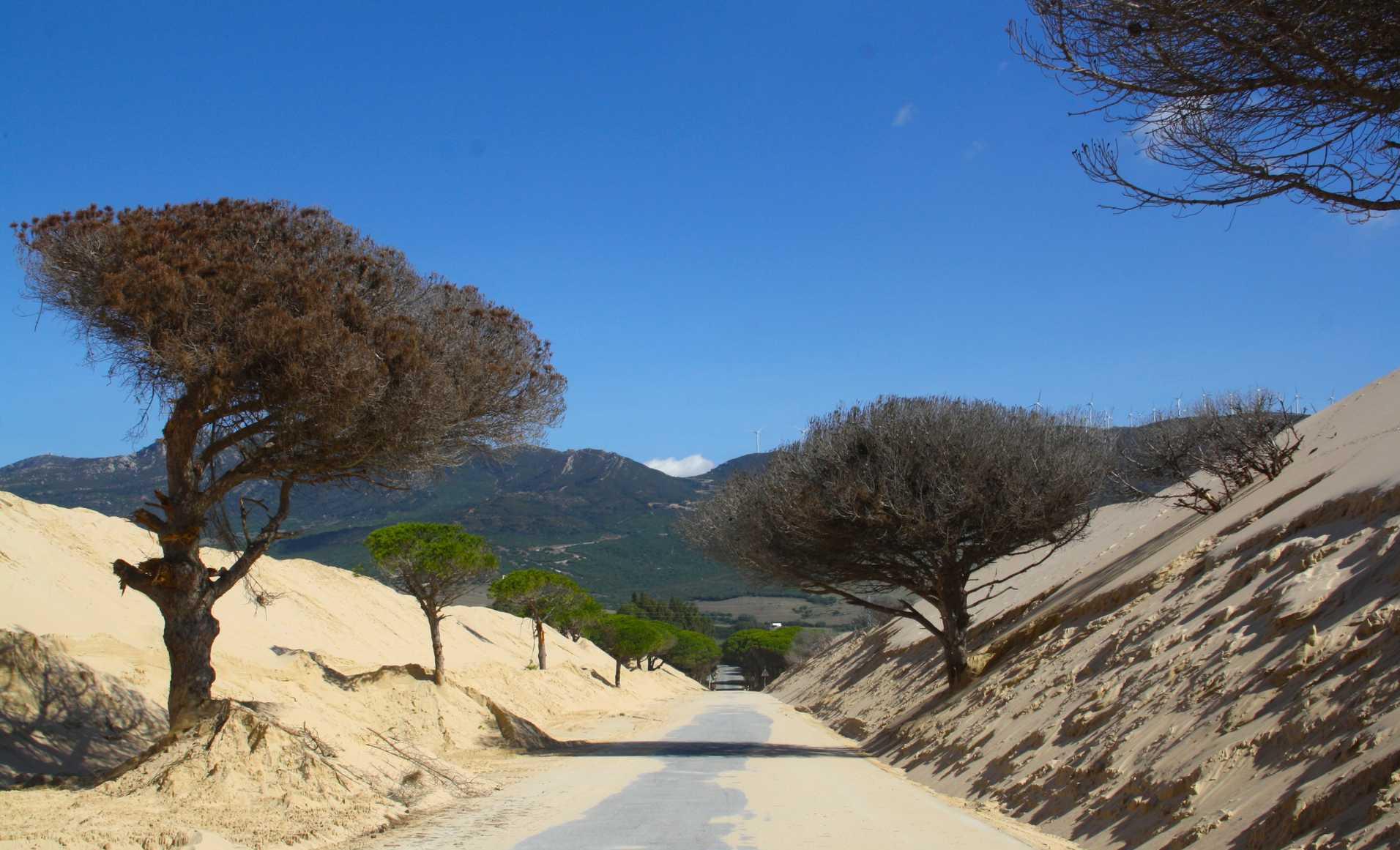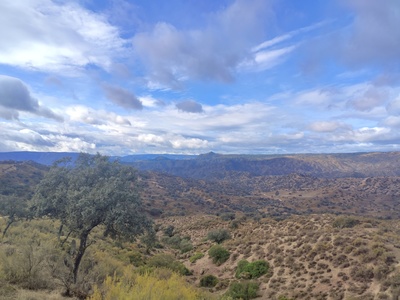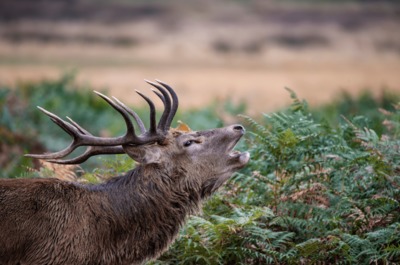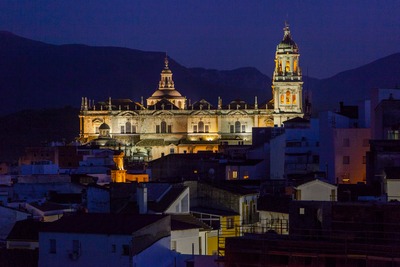Sierra de Andújar, a hidden natural and historical gem in Jaén
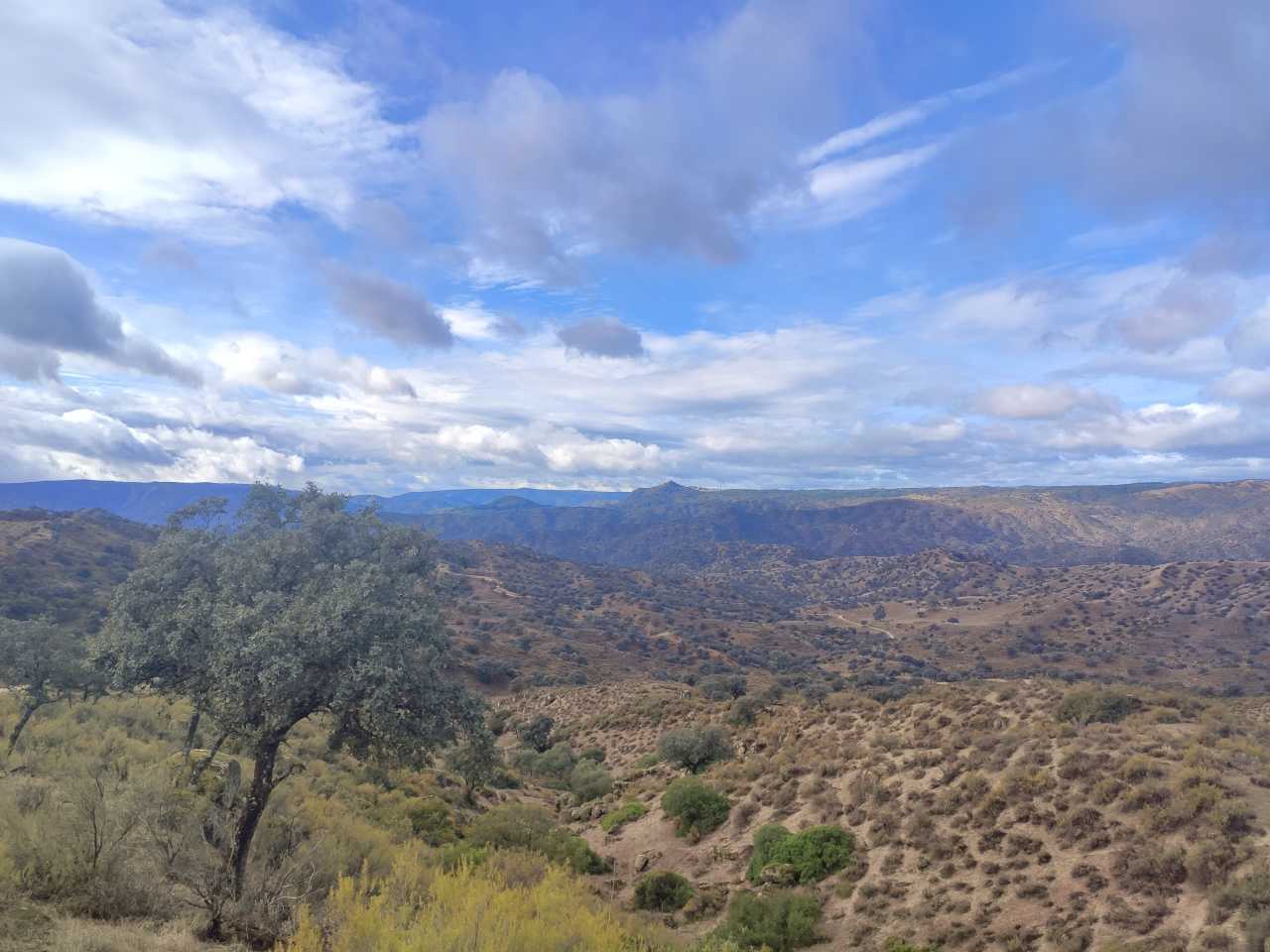
In the north of the province of Jaén, Sierra de Andújar is a place that remains undiscovered by many, where nature, culture and traditions merge into a nature reserve that has something to offer each type of traveller.
In Spain there are still places where humans and nature manage to coexist in harmony; places that, although seemingly fragile, have strong measures that protect the natural habitat in which flora and fauna develop relatively peacefully. Sierra de Andújar Nature Reserve is a good example of this.
This is the only way of explaining how this place became the true home of the Iberian lynx, the most iconic animal species in our country and one of the most threatened felines on the planet.
But the lynx is not the only animal that lives among the oak, cork and pine forests of Sierra de Andújar. Here you will also find red deer, fallow deer, mouflon, wild boar and different species of birds, as well as reservoirs, rivers and one of the most important shrines in Andalusia, seasoned with a tasty gastronomy that includes typical mountain dishes. Where else could you find all these things in one place?
Autumn in Sierra de Andújar, a magical time to visit
We explored Sierra de Andújar at the end of October. According to Tomás, who treated us kindly and professionally at the Viñas de Peñallana Visitor Centre, it is one of the best times of year to come.
Because in autumn the temperature is pleasant (you avoid the scorching summer heat and the cold in winter) and the chances of unexpected rain are usually lower than in spring.
What's more, from the end of September to October, the rutting season, there is also a spectacular wild phenomenon: bellowing. The red deer stags emit a deep loud roar (bellowing) to attract females and mark their territory.
Another reason to visit Sierra de Andújar Nature Reserve in autumn is that it is less busy than in spring or summer. You'll be delighted to be able to enjoy the natural beauty almost completely by yourself.
Deer in Andújar
With the information that good old Tomás gave us, we decided to change our initial plans and look for the dirt track that would take us to the viewpoint of Jándula Reservoir.
According to what he told us, this route would allow us to see a good number of red deer and, if we were very lucky and stopped to look over the fields from a high point, we might also be in with a chance of meeting the coveted and elusive Iberian lynx.
He was spot on about the former, but unfortunately we weren't able to try the latter as we ran out of time. However, if you want to have a much better chance of spotting an Iberian lynx, you can always go on sighting tours organised by specialised companies. They are not cheap, but they almost guarantee success.
Following Tomás's instructions, we drove down the road towards the Shrine of la Virgen de la Cabeza and we turned right when we got to the famous Los Pinos Restaurant, the most popular one in the area.
The road was still paved, it narrowed and passed by a series of beautiful and quiet country houses. A little further along, the houses disappeared and the fields of holm oaks appeared as if by magic.
It took us no more than five minutes to spot the first deer. First we spotted females with their young, but after a short while we heard an unmistakable bellow. Following that sound, we finally found a male with powerful antlers. No one, except us, heeded his call. Perhaps he was only proclaiming from the rooftops that he was the owner and lord of these lands.
The Iberian lynx in Andújar
Although we were not lucky enough to spot an Iberian lynx, it is worth mentioning the spectacular conservation work that has been carried out with this species in Sierra de Andújar Nature Reserve.
It is estimated that today there are about a thousand lynxes in the park - the largest population in the world.
This has been achieved thanks to measures aimed at recovering the rabbit population (the main food of the lynx) in the mountains, reducing the number of animals being run over, reducing poaching and the impact of diseases, and increasing genetic variety.
If you want to spot an Iberian lynx, you must be patient. These are some of the places in Sierra de Andújar where there is a better chance of spotting it:
- The last section of the Camino de la Lancha.
- Encinarejo recreational area.
- Encinarejo Reservoir from the north shore.
- Viewpoints in the southern area of the nature reserve.
- Sendero del Jabalí.
- Lugar Nuevo recreational area
Viewpoints and reservoirs
Continuing along the dirt track, we managed to reach the viewpoint of Jándula Reservoir, which is fed by one of the most beautiful rivers that flow through Sierra de Andújar Nature Reserve.
On the way we came across quite a few hides, where some early risers were stationed, equipped with binoculars and large telephoto lenses, to scan both the fields and the skies.
Because in the sky you can spot more than 178 different species of birds. More than 48% of the species in Spain can be found in these mountains. Some of the most coveted by ornithologists are the black vulture (of which we saw several specimens in the sky), golden eagle and imperial eagle, which have a high population density here.
Jándula Reservoir is not the only one we visited - we also went to Encinarejo Reservoir, where there are many tables and barbecues by the river, making it the ideal place to spend a day out with family or friends.
The tables are spread out and perfectly integrated into nature, without being invasive.
In the area there are several trails that allow you to get into nature, visit the dam or get to bird hides.
Shrine of Virgen de la Cabeza
Atop a hill that offers spectacular views of Sierra de Andújar Nature Reserve, we find the Basilica and Royal Shrine of Santísima Virgen de la Cabeza.
It is the second most popular pilgrimage site in Andalusia, after El Rocío.
The shrine was built at the end of the 13th century and was renovated at the end of the 16th century. The origins of the pilgrimage to the basilica are kind of unclear, but it seems to have began during the reign of the Catholic Monarchs, and is one of the oldest pilgrimages in Spain.
We visited the shrine and were impressed by the church's beauty, the views from the viewpoint and the kind of town that has popped up around it, with the houses and premises of an endless number of brotherhoods who worship Our Lady of Cabeza, relic stalls (there are even vending machines for candles, medallions and other souvenirs), restaurants and more.
If you want to see this place in its full glory, you have to come to the pilgrimage, which takes place on the last weekend of April.
What to see around Sierra de Andújar
The north of the province of Jaén is full of interesting and unknown places. On our trip we visited two of them.
We spent a few hours in the charming town of Baños de la Encina, with Burgalimar Castle at the top. It is an Umayyad fortress built in the 10th century.
Its walls are strong and a perfect example of the Muslim defensive structures of the time, as they were hardly damaged by human activity or the passage of time.
Walking through the narrow medieval streets of the historic centre of Baños de la Encina, we felt like we had entered a time machine.
A time machine that would later transport us to one of the most important battlefields in Spain: Navas de Tolosa. In these fields, in 1212, the battle that changed the course of the Reconquest took place. To learn everything about the battle, you can visit the Museum of the Battle of Las Navas de Tolosa, which is located in the municipality of Santa Elena.
We arrived at dusk, when the fields were tinged with reddish and orange hues, as if the blood of the fallen soldiers was flowing from a serene and attractive land that enjoys peace today.
David Escribano - Travel Blog 'Viajablog'


